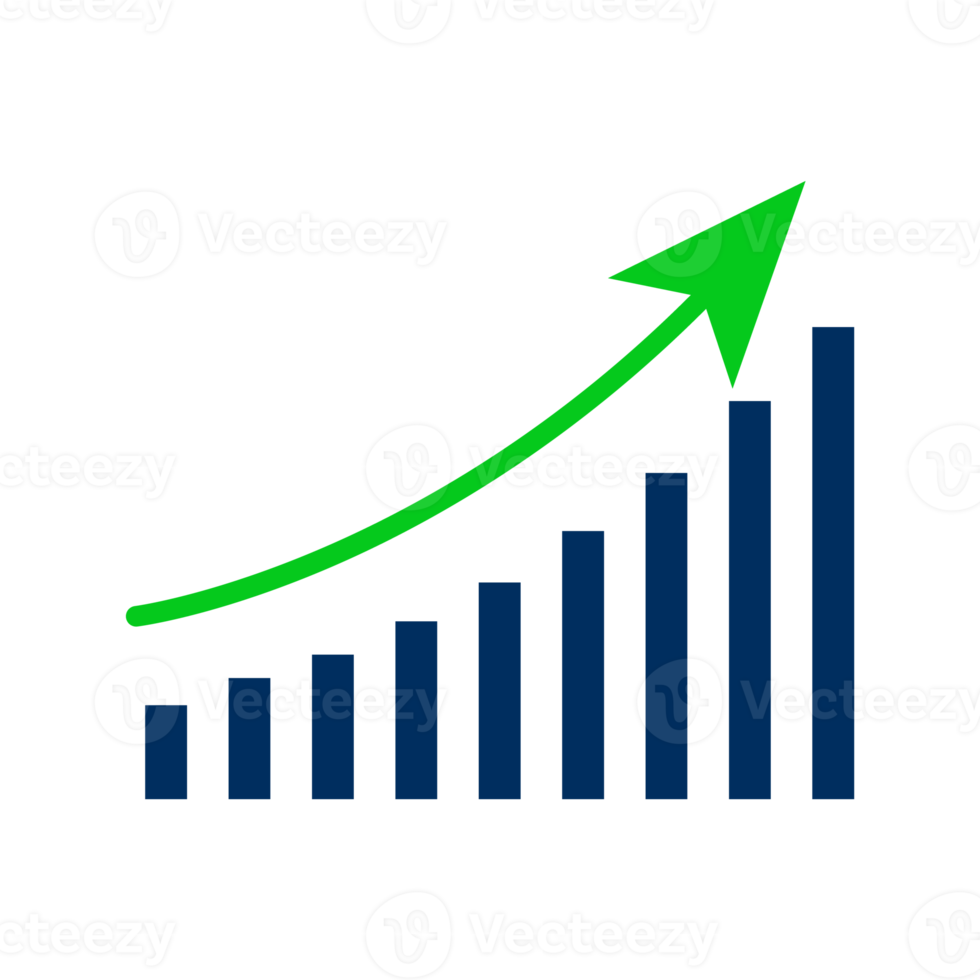Introduction to Stock Vector Art
 Stock vector art has transformed the way designers and marketers create visual content. It refers to editable images created using vector graphics software, allowing designs to be resized without loss of quality. The digital age has dramatically changed the accessibility, variety, and usage of vector art, making it a vital tool for creatives. This evolution enables users to find unique, high-quality graphics promptly, catering to diverse needs, from web design to advertising.
Stock vector art has transformed the way designers and marketers create visual content. It refers to editable images created using vector graphics software, allowing designs to be resized without loss of quality. The digital age has dramatically changed the accessibility, variety, and usage of vector art, making it a vital tool for creatives. This evolution enables users to find unique, high-quality graphics promptly, catering to diverse needs, from web design to advertising.
The Rise of Digital Art and Its Impact on Vector Graphics
 The rise of digital art has been a game-changer for vector graphics, streamlining the creation and distribution processes. Digital platforms have enabled artists to share their work globally, leading to an explosion of styles and themes in stock vector art. Consequently, designers now have access to libraries filled with thousands of vectors, fostering innovation and efficiency in creative projects. One significant impact of this shift is the democratization of design. Artists and non-artists alike can create or modify designs using user-friendly software, allowing for greater participation in the creative process. Moreover, as the demand for diverse and customizable graphics has increased, stock vector platforms have expanded their offerings, resulting in a vast range of resources that cater to varying preferences and industries. Additionally, the availability of vector art has influenced design trends, with flat design and minimalism gaining popularity. These trends leverage the strengths of vector graphics, including scalability and versatility, making them ideal for modern digital interfaces. As a result, stock vector art continues to evolve, adapting to the changing landscape of design and technology.
The rise of digital art has been a game-changer for vector graphics, streamlining the creation and distribution processes. Digital platforms have enabled artists to share their work globally, leading to an explosion of styles and themes in stock vector art. Consequently, designers now have access to libraries filled with thousands of vectors, fostering innovation and efficiency in creative projects. One significant impact of this shift is the democratization of design. Artists and non-artists alike can create or modify designs using user-friendly software, allowing for greater participation in the creative process. Moreover, as the demand for diverse and customizable graphics has increased, stock vector platforms have expanded their offerings, resulting in a vast range of resources that cater to varying preferences and industries. Additionally, the availability of vector art has influenced design trends, with flat design and minimalism gaining popularity. These trends leverage the strengths of vector graphics, including scalability and versatility, making them ideal for modern digital interfaces. As a result, stock vector art continues to evolve, adapting to the changing landscape of design and technology.
Key Milestones in the Development of Stock Vector Art
 The journey of stock vector art has been a fascinating one, marked by several key milestones that have shaped it into what we know today. Let’s explore some of these pivotal moments:
The journey of stock vector art has been a fascinating one, marked by several key milestones that have shaped it into what we know today. Let’s explore some of these pivotal moments:
- 1970s: The Beginnings – The concept of stock art started to take form, initially as physical images stored in archives. Designers would thumb through catalogs to find suitable artwork for their projects.
- 1980s: Computer Graphics Emergence – With the advent of personal computers, artists began to experiment with digital graphics. Early vector graphics software allowed for precision drawing and manipulation, transforming the way illustrations were created.
- 1990s: Birth of Stock Image Libraries – As the internet grew, so did the demand for digital artwork. Companies like Getty Images began to digitize collections, making them available online. This was a game-changer for designers seeking quick and easy access to visual content.
- 2000s: Rise of Vector Formats – File formats like SVG (Scalable Vector Graphics) became more popular. Unlike raster images, vector art could scale indefinitely without losing quality, which opened up new possibilities for web and graphic design.
- 2010s: The Shift to Subscription Models – Stock vector platforms began adopting subscription models, providing users access to vast libraries for a fixed monthly fee. This approach was appealing for many designers and businesses, enhancing accessibility.
- 2020s: AI and Personalization – Today, artificial intelligence is starting to play a role in stock vector art. AI algorithms can generate custom illustrations based on user input, making it easier for designers to find exactly what they need.
As we move forward, one can only imagine what new innovations will arise in the world of stock vector art. It’s a dynamic field that continues to evolve alongside technology!
Popular Platforms for Stock Vector Art Today
With the explosion of digital media, several platforms have emerged that specialize in stock vector art. These websites not only offer vast collections but also cater to different creative needs. Here’s a roundup of some of the most popular platforms today:
| Platform | Key Features |
|---|---|
| Adobe Stock | Integrates with Adobe Creative Cloud, vast library, high-quality vectors. |
| Shutterstock | Extensive collection, advanced search filters, subscription and on-demand pricing models. |
| Freepik | Offers both free and premium vectors, user-friendly interface, a variety of graphic resources. |
| VectorStock | Focuses solely on vector art, affordable pricing, a large community of artists. |
| iStock | Competitive pricing models, curated collections, exclusive designs. |
Whether you’re a professional designer, a small business owner, or just someone looking to add a creative touch to a project, these platforms provide an abundance of resources to suit your needs. The accessibility of stock vector art today makes it easier than ever to find the perfect graphic for any occasion!
Trends Shaping the Future of Stock Vector Art
The world of stock vector art is constantly evolving, and several trends are emerging that are shaping its future. As technology advances and the needs of designers change, here are some key trends to keep an eye on:
- Personalization and Customization: Brands are seeking personalized visuals that reflect their unique identity. This trend means that stock vector art is becoming more customizable, allowing designers to modify graphics to fit specific needs.
- Simplicity and Minimalism: The “less is more” approach is gaining traction, with clean lines and simple shapes dominating the vector art scene. This style resonates well with modern audiences and is perfect for digital platforms.
- Micro-interactions: As the digital landscape becomes more interactive, vector art is being used in animations and micro-interactions, adding dynamic elements to user experiences.
- Sustainability and Ethical Design: There’s a growing demand for artwork that promotes sustainability and social causes. Designers are leaning towards art that conveys meaningful narratives and ethical values.
- Diverse and Inclusive Representation: The push for diversity in design is leading to the creation of vector art that reflects a wider range of cultures, lifestyles, and perspectives.
These trends reflect a broader movement towards engaging, meaningful, and visually appealing design. As technology, consumer preferences, and social consciousness evolve, the future of stock vector art promises to be vibrant and exciting.
How to Choose the Right Stock Vector Art for Your Projects
Choosing the right stock vector art can be a game-changer for your project. With countless options available, it can sometimes feel overwhelming. Here are some tips to help you select the perfect illustrations:
- Define Your Brand Identity: Before searching, have a clear understanding of your brand’s mission, values, and aesthetics. This will guide you in selecting art that resonates with your target audience.
- Consider Usage Rights: Always check the licensing options. Some vectors are free to use, while others require a purchase. Ensure you have the right to use the art for your intended purpose—whether for personal, commercial, or editorial use.
- Look for Versatility: Choose vectors that can easily be modified or resized without losing quality. This is essential for ensuring the artwork suits different platforms, from social media to print.
- Quality Matters: Invest time in finding high-resolution images. Low-quality images can reflect poorly on your brand, so opt for vectors that are crisp and clear.
- Stay Ahead of Trends: Keep an eye on current design trends and try to incorporate them into your selection. This ensures your project feels modern and relevant.
By keeping these tips in mind, you can streamline your selection process and find stock vector art that truly enhances your projects.
The Role of AI in the Creation of Stock Vector Art
Artificial Intelligence (AI) is transforming various industries, and stock vector art is no exception. The advent of AI tools has changed how artists and designers create vector graphics, making the process more efficient and innovative. Here are some key ways AI is shaping this field:
- Automation of Repetitive Tasks: Many aspects of creating vector art can be tedious, such as generating shapes, refining details, or even coloring. AI can automate these tasks, allowing artists to focus on more creative aspects of their work.
- Enhanced Creativity: AI tools can analyze existing artwork and generate new ideas or variations based on current trends. This can inspire artists to explore styles or concepts they might not have considered otherwise.
- Personalized Designs: AI enables the creation of personalized vector art tailored to specific user preferences or market trends, catering to a wide range of consumer needs.
- Improved Searchability: By utilizing AI in tagging and categorization, stock vector art platforms can make it easier for users to find exactly what they need, effectively bridging the gap between creators and consumers.
Overall, AI is not just a tool for efficiency; it’s also a powerful collaborator, helping artists push the boundaries of creativity while keeping up with the ever-evolving demands of the digital age.
Challenges Facing the Stock Vector Art Industry
While the stock vector art industry has seen significant growth and innovation, it also faces a multitude of challenges that can impact both artists and consumers. Here are some of the most pressing issues:
| Challenge | Description |
|---|---|
| Market Saturation | With more artists entering the field, the competition has become fierce, making it challenging for new or less-known artists to stand out. |
| Intellectual Property Concerns | As AI-generated art becomes more prevalent, questions about copyright and ownership are increasingly complex, leading to potential legal challenges. |
| Quality Control | As platforms grow, ensuring a high standard for uploaded work can be difficult, resulting in many low-quality vector pieces that can degrade user trust. |
| Pricing Pressure | With many platforms offering low-cost or even free vector art, artists must find ways to justify their pricing without undervaluing their work. |
Addressing these challenges requires collaboration between artists, platforms, and consumers. By leveraging innovation and fostering a supportive community, the stock vector art industry can navigate these obstacles and thrive in the digital environment.
The Evolution of Stock Vector Art in the Digital Age
Stock vector art has undergone significant transformations since its inception. Initially dominated by traditional artists and illustrators, the rise of digital technology and the Internet has reshaped how we create, share, and utilize vector graphics. Here’s a detailed look at this evolution:
1. The Birth of Stock Vector Art
In the early days of graphic design, stock vectors were primarily physical artifacts. Artists would sell their illustrations in printed catalogs. This process was cumbersome, limiting access and variety.
2. The Introduction of Digital Design
The late 1980s and early 1990s saw the advent of digital design software, such as Adobe Illustrator. This innovation allowed artists to create and manipulate vector graphics with precision and ease, leading to increased demand.
3. The Rise of Online Marketplaces
The Internet revolutionized the distribution of vector art. Websites like Shutterstock, Adobe Stock, and Freepik emerged, providing a platform for artists to sell their work globally. Key features of these marketplaces include:
- Accessibility: Users can access vast libraries of vector art.
- Diversity: A wide array of styles and themes are available.
- Easy Licensing: Simplified licensing options for users and artists.
4. Advances in Technology
Today’s stock vector art is enhanced by advanced technology, including AI and machine learning. These technologies help in generating unique designs and optimizing search functionalities. Popular trends include:
| Trend | Description |
|---|---|
| Customization | Users can modify vectors to suit their specific needs. |
| Responsive Design | Vectors are now designed for various devices and formats. |
| Collaboration | Platforms that enable collaborative editing and sharing. |
As we reflect on the evolution of stock vector art, it’s evident that we have moved from a niche market to a vibrant ecosystem driven by technology, creativity, and accessibility.
Conclusion: The Future of Stock Vector Art
Looking ahead, the future of stock vector art is promising, with potential developments in technology, customization, and user experience that will further revolutionize the industry and empower artists and designers alike.


